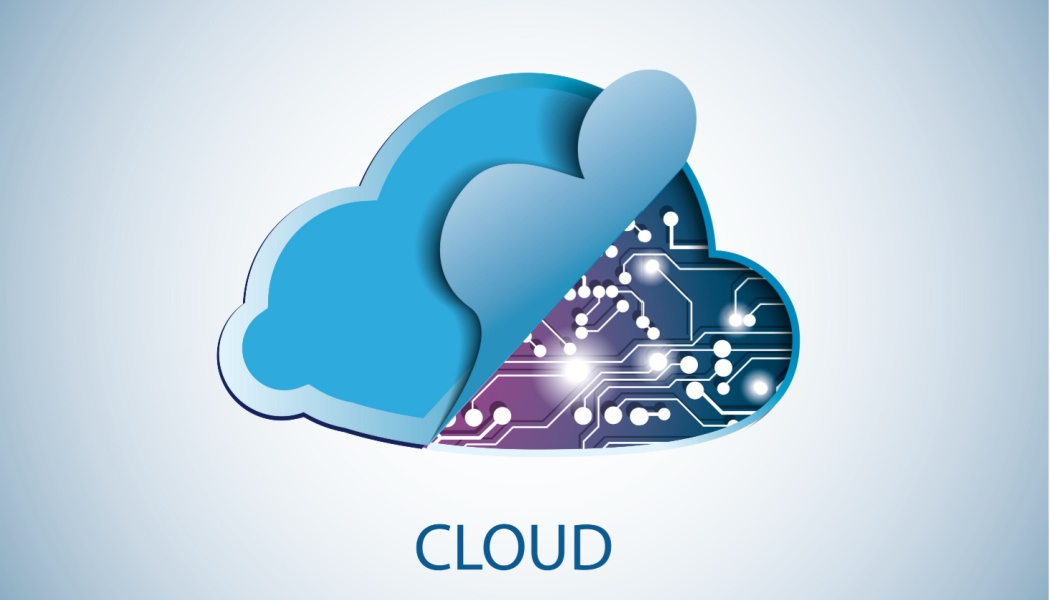Cloud computing has become vital for businesses seeking agility, scalability, and efficiency in managing their IT infrastructure. While the benefits of the cloud are undeniable, it’s crucial for business owners to be cognizant of the security risks associated with this technology.
In this blog, we will explore the potential security challenges of cloud computing and discuss strategies to mitigate these risks, empowering business owners to make informed decisions about their digital assets.
What Are the Main Security Risks of Cloud Computing?

1. Data Breaches:
- Risk: The unauthorised access or disclosure of sensitive data stored in the cloud.
- Mitigation: Employ strong encryption methods, implement access controls, regularly audit and monitor data access, and use multi-factor authentication (MFA).
2. Identity and Access Management (IAM) Issues:
- Risk: Inadequate control over user access and identities, leading to unauthorised system entry.
- Mitigation: Implement robust IAM policies, enforce the principle of least privilege, and regularly review and update access permissions.
- What is the principle of least privilege? This is a practice where a user is given the lowest level of access that is needed to perform their job. This means that only those who need access to sensitive information and vital systems for their role, reduce the risk.
3. Insecure Interfaces and APIs:
- Risk: Vulnerabilities in cloud interfaces and APIs can be exploited, leading to unauthorised access and data breaches.
- Mitigation: Regularly test and secure APIs, use secure communication protocols, and monitor API activity for unusual behaviour.
4. Insufficient Data Separation:
- Risk: Inadequate segregation of data posing the risk of data leakage or unauthorised access.
- Mitigation: Ensure robust data isolation through proper architecture, encryption, and access controls.
5. Insecure Configurations:
- Risk: Misconfigured cloud services and platforms can expose vulnerabilities that attackers may exploit.
- Mitigation: Regularly conduct security audits, follow best practices for configuration, and implement automated tools for configuration management.
6. Lack of Visibility and Control:
- Risk: Limited visibility into cloud infrastructure and insufficient control over security configurations could lead to misuse being hidden.
- Mitigation: Use cloud security tools and services, implement logging and monitoring, and establish a comprehensive incident response plan.
7. Account Hijacking:
- Risk: Unauthorised access to cloud accounts through phishing attacks or weak authentication measures.
- Mitigation: Implement multi-factor authentication, conduct employee cybersecurity training, and monitor account activity for anomalies.
Strategies to Mitigate Cloud Security Risks:

Let’s look more in detail at the ways in which you can mitigate these risks.
1. Comprehensive Risk Assessment:
- Conduct a thorough risk assessment to identify potential vulnerabilities and prioritise security measures to mitigate these vulnerabilities.
2. Data Encryption:
- Use strong encryption methods for data both in transit and at rest to protect sensitive information from unauthorised access.
3. Regular Security Audits:
- Perform regular security audits and assessments to identify and address vulnerabilities in cloud configurations and services.
4. Strong Identity and Access Management:
- Implement robust identity and access policies, enforce the principle of least privilege, and regularly review and update access permissions.
- Make sure that multi-factor authentication is in use for every account that it can be. This will add another layer of protection if your or your employees’ passwords are stolen.
5. Employee Training:
- Provide ongoing cybersecurity training for employees to raise awareness about phishing attacks, social engineering, and best practices for secure cloud usage.
6. Incident Response Plan:
- Develop and regularly update an incident response plan to ensure a swift and coordinated response in the event of a security incident.
7. Security Monitoring and Logging:
- Implement robust monitoring and logging mechanisms to detect and respond to suspicious activities promptly.
8. Regular Software Updates:
- Stay vigilant about software updates and patches, ensuring that all cloud services and platforms are running on the latest, secure versions.
9. Contractual Agreements with Cloud Providers:
- Establish clear contractual agreements with cloud service providers, defining responsibilities for security measures and incident response.
10. Data Segmentation:
- Implement strong data segmentation practices to ensure that sensitive information is adequately isolated from other data in a multi-tenant environment.
11. Third-Party Security Assessments:
- Conduct regular security assessments of third-party vendors providing cloud services to ensure they meet security standards.
12. Continuous Monitoring and Improvement:
- Establish a culture of continuous improvement by regularly reassessing security measures, staying informed about emerging threats, and adapting strategies accordingly.
Embracing the benefits of cloud computing does not mean compromising on security. Business owners can navigate the complex landscape of cloud security risks by adopting a proactive and comprehensive approach. Through thorough risk assessments, robust security measures, employee training, and strategic partnerships with cloud service providers, businesses can harness the power of the cloud while safeguarding their digital assets from potential threats. As technology evolves, staying vigilant and continuously improving security practices will be integral to ensuring a resilient and secure cloud environment for your business.
